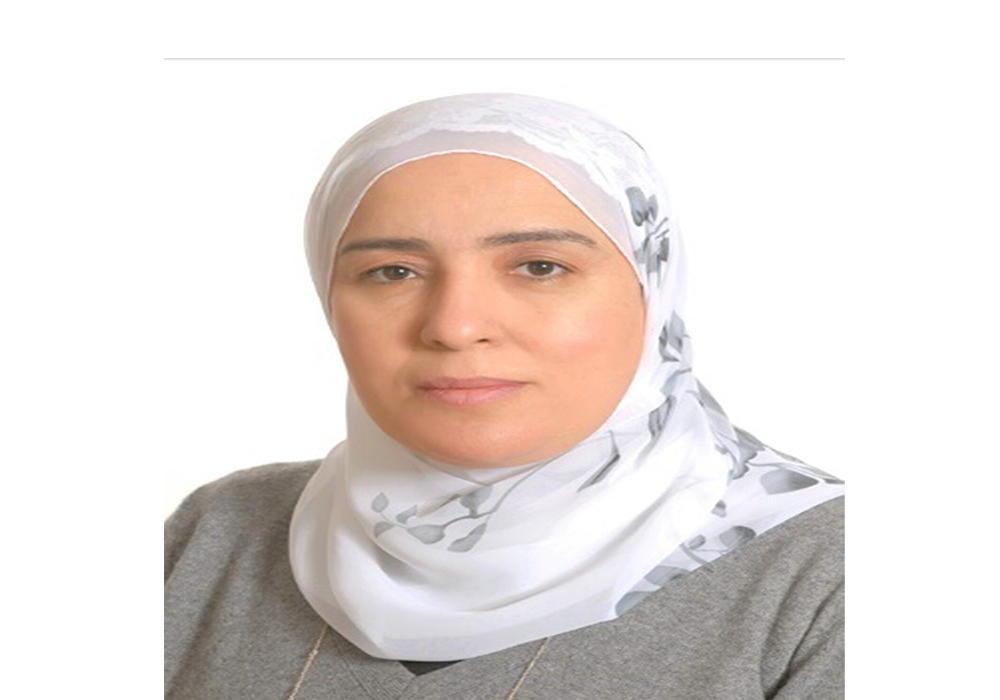Sensing the Human Skin for Medical Diagnostic and Prevention in Personalised Healthcare Applications
Mon, 6 June 2022

Name : Dr. Najah AbuAli, Associate Prof.
Project Title: Sensing the Human Skin for Medical Diagnostic and Prevention in Personalised Healthcare Applications
Project Abstract:
In this project, we propose to leverage our extensive expertise in sensing, the creation of realistic tissue phantoms, and modeling and signal processing, to develop a non-invasive wearable point-of-care (PoC) device for monitoring the hydration/dehydration level of the skin.
In terms of significance, many attributes of a person s physical health can be inferred by the condition of the skin tissue. For instance, skin turgor (skin elasticity) which is the ability of the skin to change shape and return to normal can be a sign of both fluid loss (dehydration) or fluid gain (edema) and can become a serious condition particularly for children and the elderly. Healthy skin includes the right balance of water and sebum.
A person needs to maintain an optimum hydration level for the proper functioning of the body. Even while doing a minimal physical activity, the person loses substantial amounts of water. This is compounded particularly for children that have prolonged vomiting or diarrhea. Beyond dehydration and edema, many systemic diseases like cardiovascular disease, diabetes, and cancer can sometimes be associated with various skin disorders. Variations of our proposed noninvasive optical wearable technology could be used to provide additional insight into user s health and enable early intervention when needed. For example, research has shown that patients with diabetes mellitus tend to show a reduced hydration state of the stratum corneum (SC) together with decreased sebaceous gland activity, without any impairment of the SC barrier function. To address this need for a quantifiable method of measuring hydration our team has proposed following objectives namely;
- Development of the wearable optical PoC device for monitoring tissue hydration.
- Development of realistic in vitro artificial and tissue-based skin phantoms for testing the hardware and software as a function of water content by skin layer.
Do you find this content helpful?
عفوا
لايوجد محتوى عربي لهذه الصفحة
عفوا
يوجد مشكلة في الصفحة التي تحاول الوصول إليها

